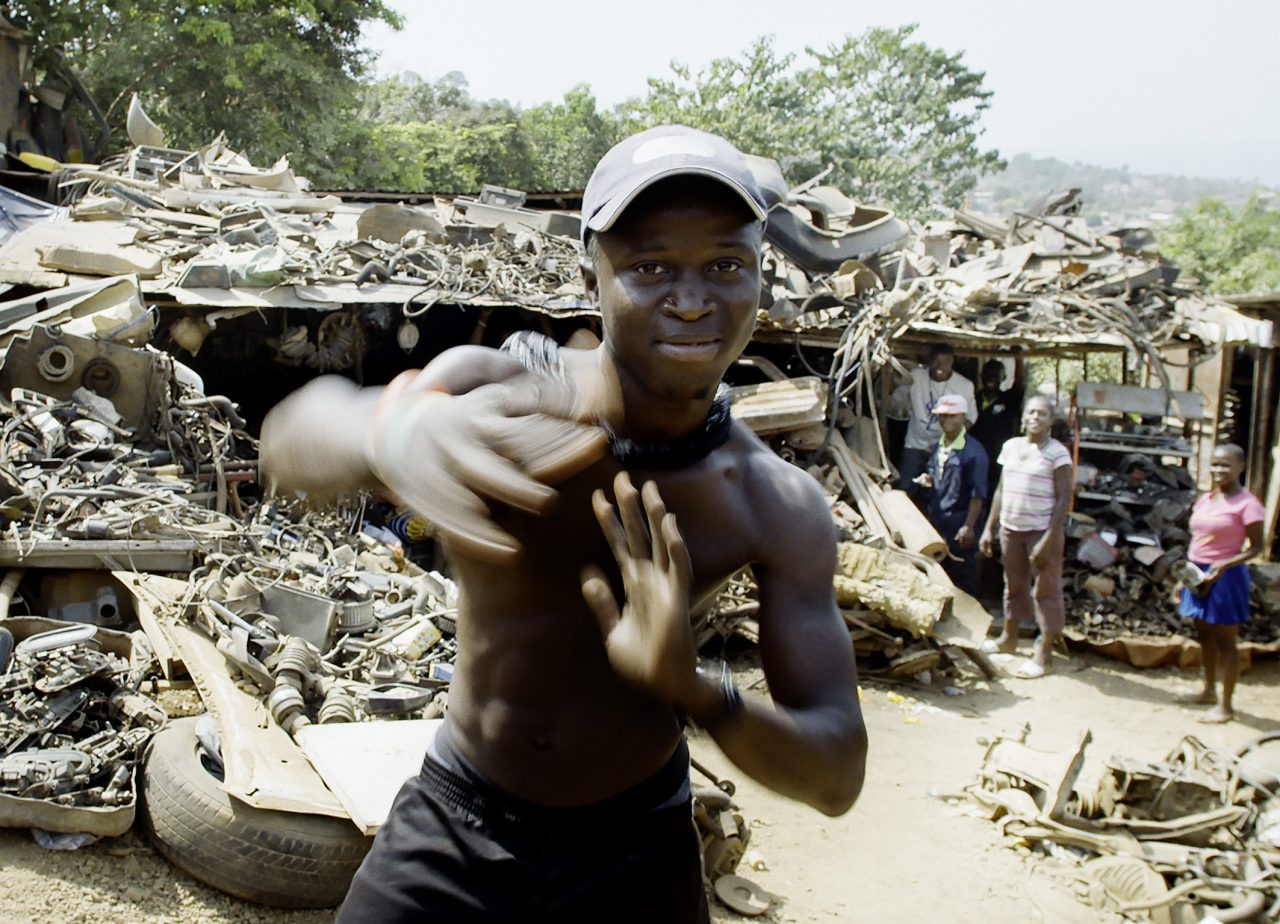Directors: Michael Glawogger, Monika Willi,
Watched on: MUBI and Filmatique,
Rating: 5/5.
Michael Glawogger once said that “imagery is the essence of the art of cinema–and language, sound and story are the legs on which this painting-in-motion is standing.”
This statement can be used as a corrective to the tendency of documentary filmmakers these days–American documentary filmmakers especially–to turn Glawogger’s stool upside down; squashing imagery under the weight of conventional storytelling, endless talking heads, onscreen text, and wall-to-wall music. Pictures seem to matter less and less in docs, unless they’re shot by in-the-moment smartphones or staged and lighted by a Hollywood crew, and then they matter only in the sense that the vehicle of capture takes center stage, the iPhone7 or the 5K Red Scarlet or the whatever.
Don’t get me wrong. The majority of doc films are beautifully, professionally shot, even if the shooter is working alone in a difficult situation. Skilled camerapeople are in high demand (one factor driving up documentary budgets) and you rarely encounter amateur work even in the smaller film festivals. But the images are nearly always merely functional. They please the eye but rarely move the heart.
If the late Glawogger will be remembered for anything it will be the beating heart of his films. The glory of the images, the rapt sequences they contained, the sometimes jaw-dropping mysteries of the little-seen corners of the world they revealed. I’m thinking of the sulphur carriers and slaughterhouse hustlers in Workingman’s Death; the neon-bathed Mexican hookers in Whore’s Glory; the Liberian wrestlers, Senegalese one-legged soccer players, and rest-stop donkeys in Untitled. His films said everything he wanted to say according to whose door he knocked on, where he placed his camera, how long he watched. He was the least agenda-driven director there was in an era when agenda-driven docs seem the norm.
Glawogger died of malaria while making Untitled; an unfinished work set in Africa, the Balkans and Italy. The images, he said, could “only emerge by not pursuing any particular theme, by refraining from passing judgment, proceeding without aim. Drifting with no direction except one’s own curiosity and intuition.” He set out to travel for a year, filming whatever sparked his eye. What an astonishing assignment he gave himself, one that should be the envy of every filmmaker who values the picture that forms in their viewfinder. When I’d heard he died, I couldn’t imagine all of what he shot going to waste. Thankfully, it didn’t.
Glawogger’s footage, filmed by cinematographer Attila Boa, was resurrected by his editor Monika Willi and structured into a kind of eulogistic essay, a film that is probably not the one he would have made but the one that may have flashed through his mind on his deathbed. The images are always moving–several shots follow vehicles–as if we are being pulled into the director’s dream-of-consciousness. The camera will also at times simply watch, but what we are watching–children and goats swarming amid piles of garbage, men and women pounding metal, rocks, wood–is alive with the human thrum.
The score, by Wolfgang Mitterer, is cued to the cacophony of this activity. It burbles to life unexpectedly, punctuating scenes with percussive warps and brief choral chants, and then gives way to diegetic radio beats accompanied by impromptu dancers. True to Glawogger’s peripatetic urge, Willi doesn’t linger on these moments; she cuts to a different shot in a different place in a different country at the most unexpected moments, as if all these images skittered along the same string.
“The most beautiful film I could imagine is one which would never come to rest,” Glawogger is quoted. He is very briefly glimpsed in the opening shot, running into the lower right edge of Boa’s camera to scare a flock of birds into launching into the sky. His ghostly presence lingers just outside every single frame in this wondrous film.
We also hear him, in a narration adapted from Glawogger’s diary. It’s read by the actress Fiona Shaw in a third person delivery reminiscent of Sans Soleil. Glawogger didn’t narrate his own films, but it seems fitting that we are allowed to hear his last words in this one. The device helps keep a respectful distance between the viewer and any suspected presumption on the part of Willi that she is co-opting Glawogger’s vision. He is hiding somewhere, she suggests in the end text, hoping this film might lure him to return from the evanescence.

